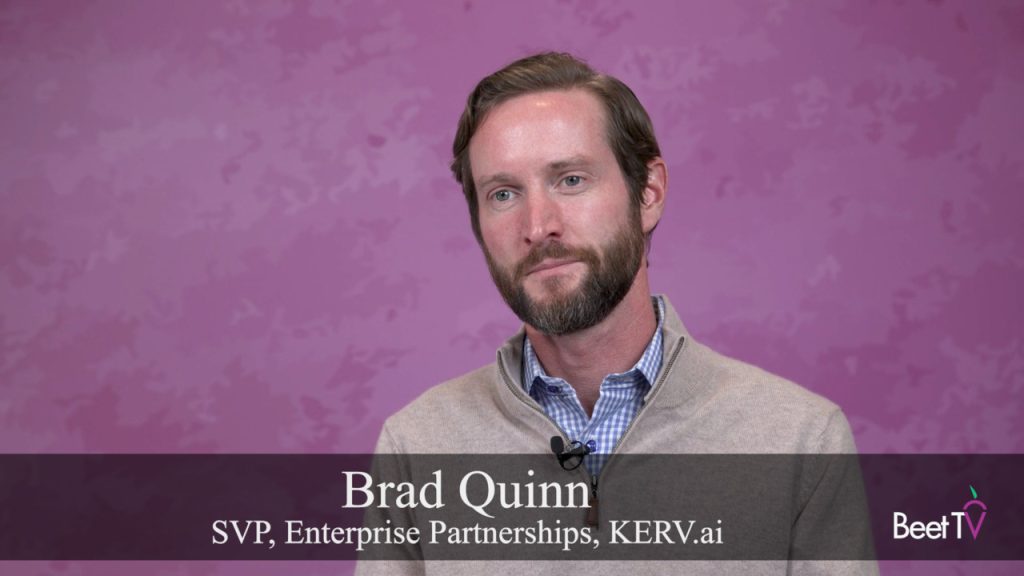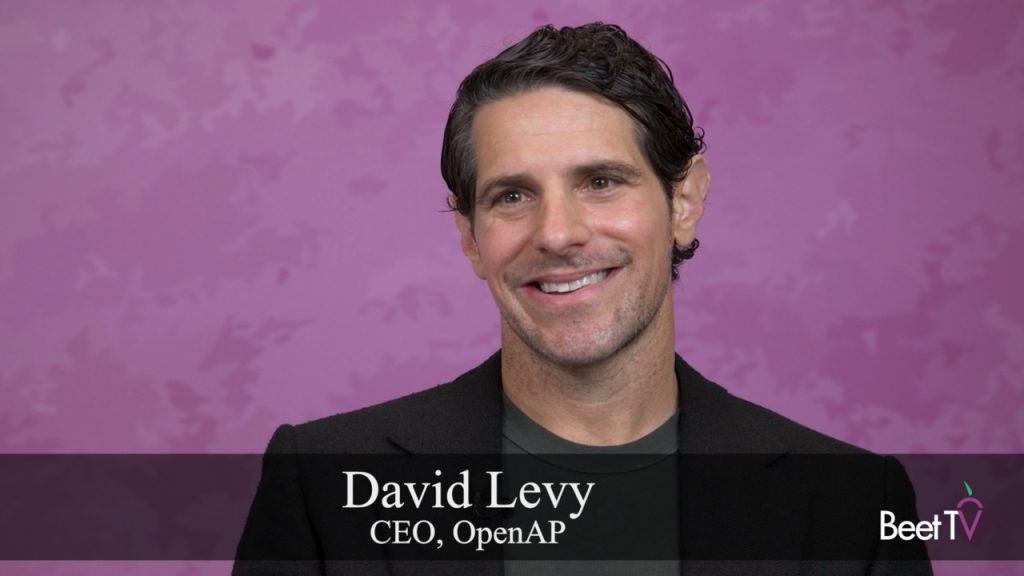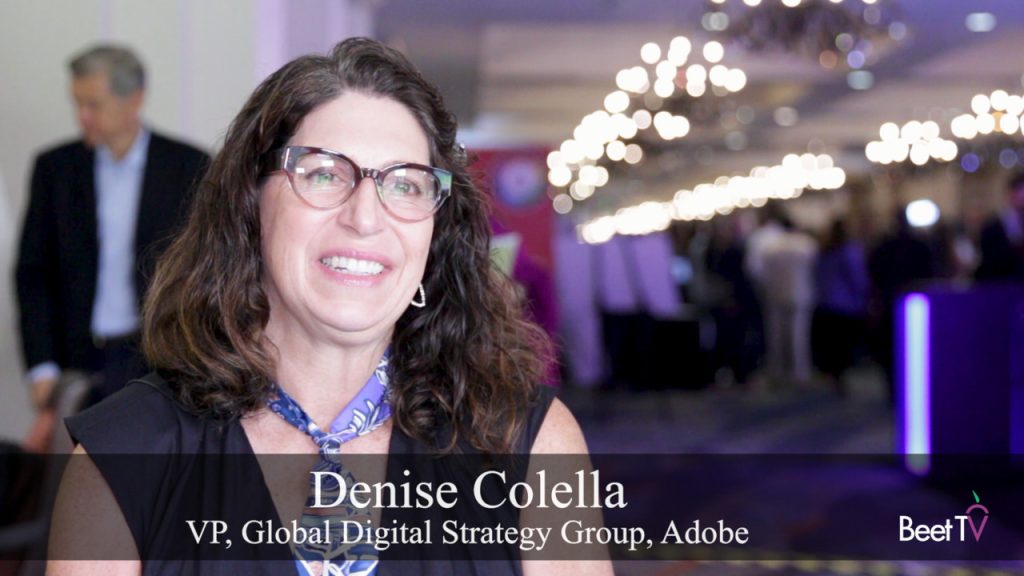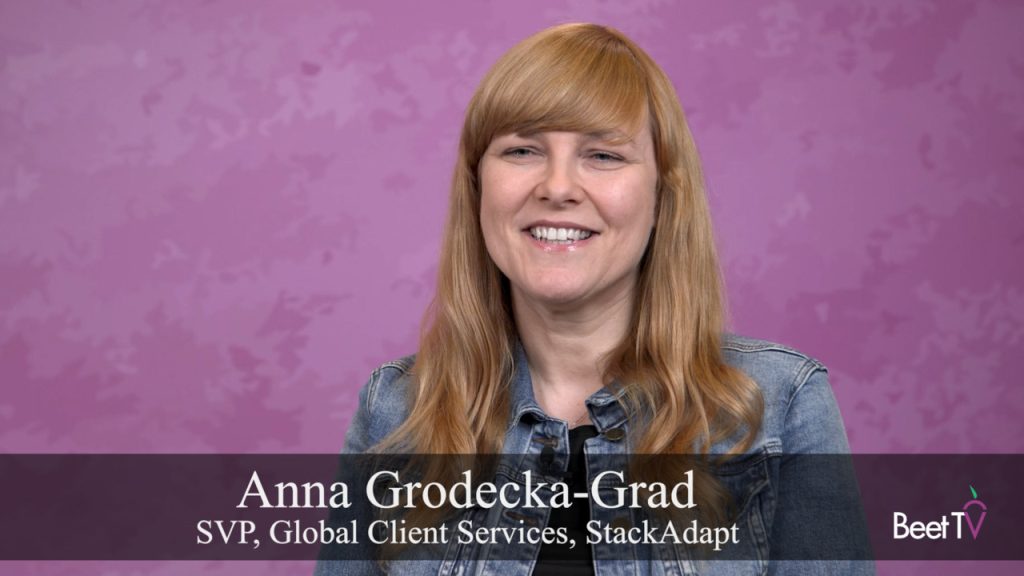Advertisers and their media agencies have a growing set of tools to reach target audiences though traditional linear television and newer streaming platforms. Data-driven linear (DDL) TV technology has gained traction as marketers seek these viewers who are dividing their time among different media channels and devices.
“The exciting thing to me and what’s driving a lot of this growth in advanced audiences is what clients get as an output of their campaigns,” David Levy, chief executive of advanced advertising firm OpenAP, said in this chat with Mike Welch, executive vice president and general manager at digital ad marketplace Xandr.
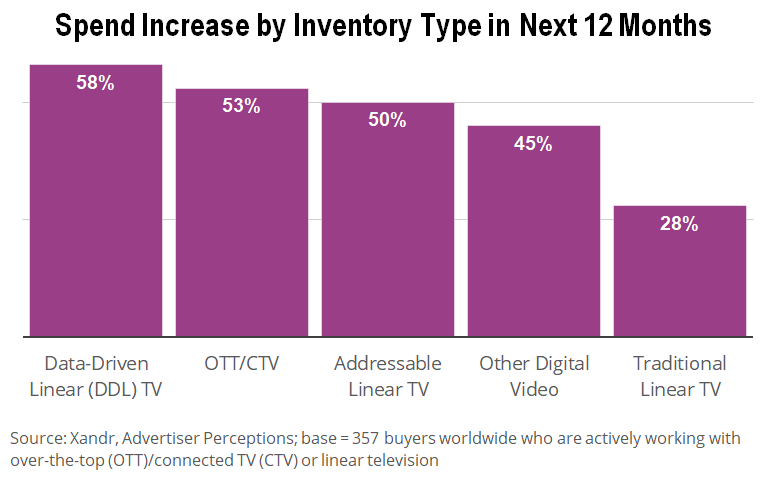
“When you actually have an ID-based audience and you’re using it consistently across all publishers and all devices on your campaign, you’re now able to get deduplicated reach cross-screen,” Levy said. “You’re able to get this rich post-campaign data that you never could get before.”
The richer data empower advertisers to make better decisions in improving the effectiveness of their campaigns.
“The actual output of what you’re able to get with advanced advertising now versus what you could get from just a siloed panel-based targeting system is so dramatically different,” Levy said. “You’re starting to see clients move to it in droves. This is where the industry is going to be: 100% of the media buying within the next five years.”
Benefits of DDL Media Buying
Advertisers, media companies and ad-tech firms have been working on ways to make different ad inventories more available. The goal is to offer a more unified approach to managing cross-platform campaigns.
“While it seems like an easy answer for us to pull all that stuff together, there needed to be a bunch of pipes and infrastructure work,” Levy said, “but now that work has actually happened.”
Advertisers can better define consistent audiences to reach across different media platforms that used to be siloed in “walled gardens” of insular data.
“They’re able to actually see deduplicated reach and frequency across all publishers and across all screens,” Levy said. “They’re able to actually get a notion of which specific IDs that they actually reached on their campaign.”






























